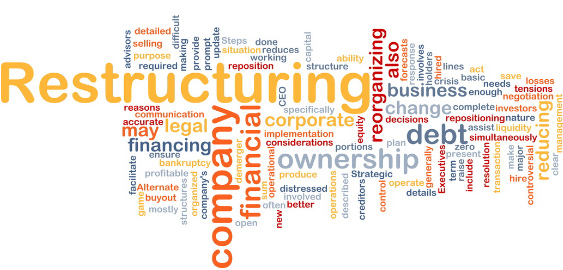Corporate restructuring can be driven by a need for change in the organizational structure or business model of a company, or it can be driven by the necessity to make financial adjustments to its assets and liabilities. Frequently, it involves both. Companies restructure for a variety of reasons:
- To reduce costs
- To concentrate on key products or accounts
- To incorporate new technology
- To make better use of talent
- To improve competitive advantage
- To spin off a subsidiary company
- To merge with another company
- To decrease or consolidate debt
Related topic: Business Expansion
Benefits of Restructuring a Company
Just as there are many reasons companies might restructure, there are many benefits of restructuring a company. Some benefits are financial, such as reviving a declining business, increasing a company’s value, and preparing it for sale or transfer to the next generation. Other benefits involve gaining a competitive advantage, such as helping a company position itself for growth, allowing for the addition of new accounts or enabling expansion into other geographical areas. Two words, however, sum up the overall benefits of corporate restructuring: survival and success.
Read more on this topic: Corporate Restructuring
The Company Restructuring Process
The time it takes to complete the company restructuring process can depend on whether the restructuring is reactionary, such as when bankruptcy proceedings require a company to make explicit changes within a specified period, or proactive, such as when a savvy business leader recognizes a change in consumer preferences and wants to position his or her company to be a leader in tomorrow’s market. Regardless of the reason for a company’s restructure, excellent planning is essential. Enlisting the guidance of a qualified professional at the planning stage is critical to ensure a successful restructure.
The corporate restructuring process falls into the following stages:
- Determining what areas need to be restructured
- Identifying weaknesses and creating detailed short- and long-term plans to correct these weaknesses through a restructure
- Implementing short-term corrective action
- Calculating and securing funding
- Restructuring
- Evaluating results

Companies face many difficulties dealing with the frequent changes in today’s economy, and company restructuring can be a short and long-term answer to maintaining company viability. Whether the reason for company restructuring is to save the business or strategically reposition itself for the future, the financial experts at Links Financial can help business owners deal with these challenging issues. Contact us today to learn more.






